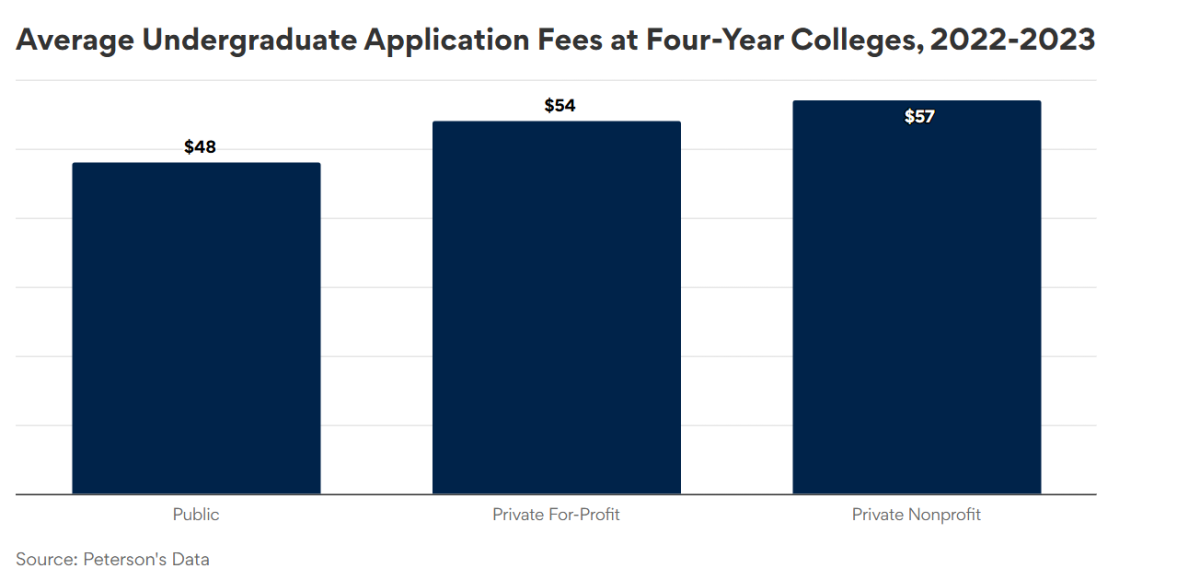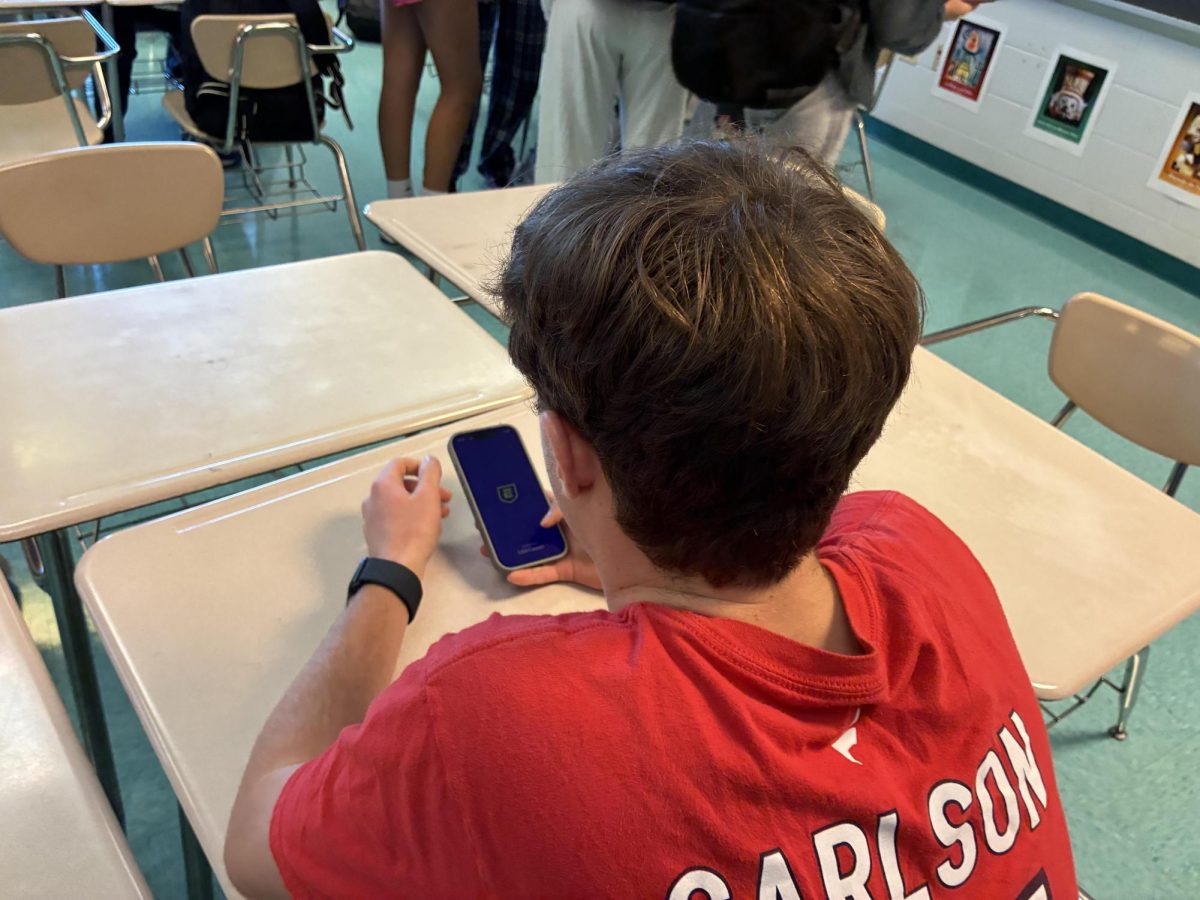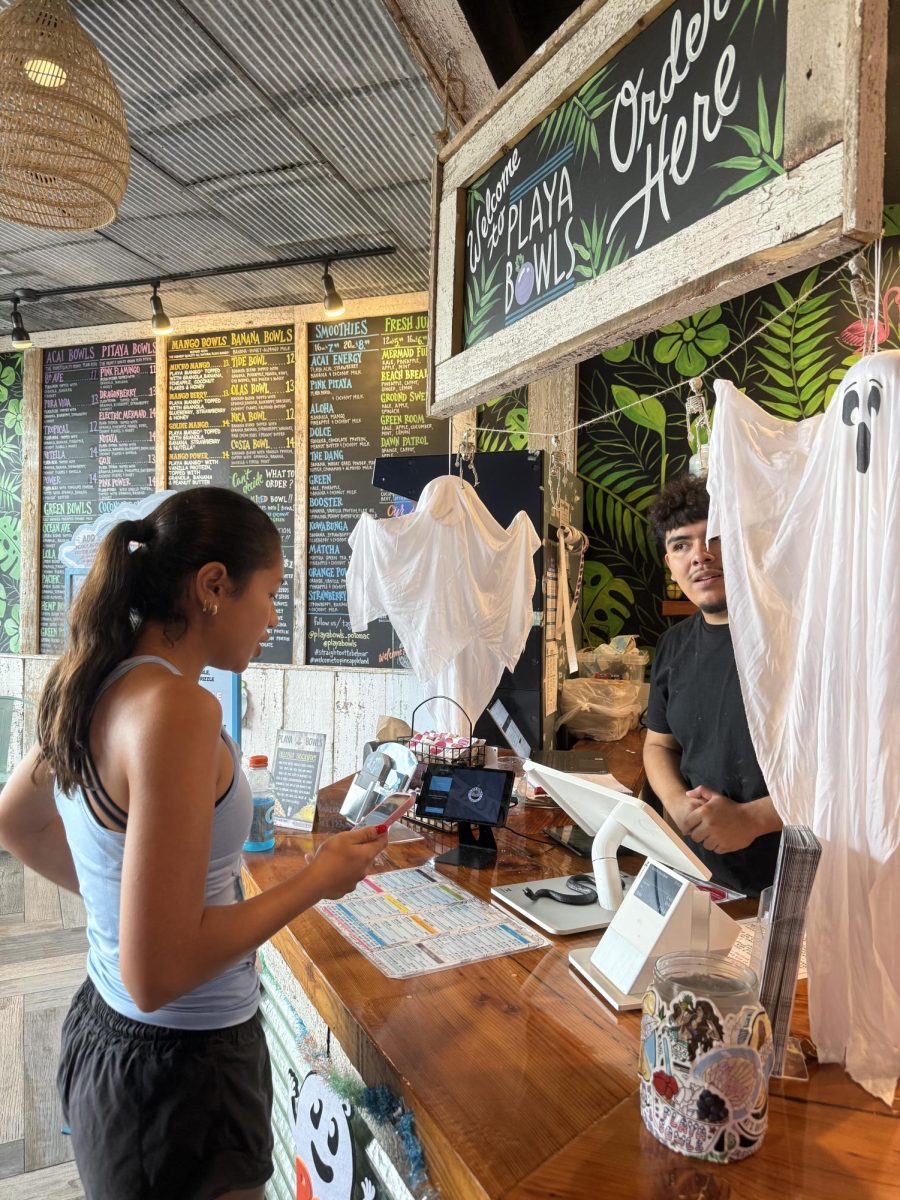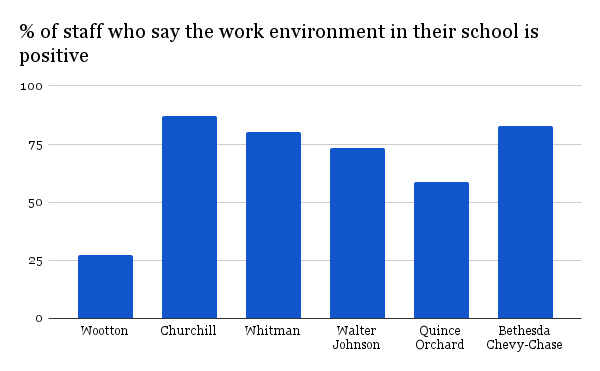The Washington DC Metro area is a hub of political activity, housing many of the movers and shakers of public policy in the United States. Multitudinous demonstrations have occurred in the nation’s capital for decades, Martin Luther King Jr.’s 1963 March on Washington for Jobs and Freedom and the 1987 first AIDS Memorial Quilt, being only a few examples. Today is no different.
Recent turbulence in the domestic political climate has sparked a rise in protest activity. The Women’s March on Washington is just one of many protests that have occurred since the end of the presidential election last year.
Students here are beginning to explore their political autonomy in this time of upheaval, finding a desire to trek to Washington and stand up for their beliefs. But protesting is different from posting a link to a political think-piece on Facebook. There’s more at stake.
Being on the ground of political change is scary, so here are 10 pro-tips for the protest newbie, the protest veteran and everyone in between:
Bring an open mind. You’ll be meeting a lot of new people—radicals, centrists, conservatives, experts and the less-informed. Be prepared to be uncomfortable, learn something new and make new friends.
Bring a buddy. For your first protest, it’s good to go with someone who’s attended a similar event before. Bringing a friend should also make your parents feel a bit better, but if they still feel anxious, bring them along for an excellent bonding experience.
Fuel up. Drink a cup of coffee and eat a big breakfast in the morning to pick you up. Make sure to bring plenty of snacks (particularly protein bars and cheese sticks) and water for your long day out.
Pack light. Avoid carrying heavy bags. Zip-up pockets help.
Take the Metro. It is a fast and easy way to get where you need to go. It also lets you go home from anywhere in the city whenever you want.
Make a political statement, not a fashion statement. Wear comfy shoes and dress in layers according to the weather. You will be standing for a long time outside and want to be comfortable. (Note: if you’re making your statement through your clothing, that’s cool too! Just take the weather into account.)
Make a sign or a noisemaker. Carrying a sign is a great way to start conversation with other protesters, but avoid heavy materials that would hurt or cut someone else on impact. Tambourines and drums accent chants in a fun way.
Stay aware of your surroundings and have an exit plan. Along those same lines, it’s good to stay aware of what is going on around you. If you’re ever uncomfortable, duck off the streets into a Starbucks or the nearest Metro station to make a quick escape.
Take the high road. You represent a greater cause at a protest. Inciting violence or property damage stains the public image of the issue you’re fighting for and puts your safety at risk.
Get pumped. Listen to your favorite freedom-fighting song on your way to the protest. Going to a protest, even for fun or out of curiosity, is an exercise in democracy. Get your heart rate up, get out there, and get loud!
Daria Kerschenbaum
Staff Writer






![Editors-in-Chief Ahmed Ibrahim, Helen Manolis, Cameron Cowen, Alex Grainger, Emory Scofield, Hayley Gottesman, Rebekah Buchman and Marley Hoffman create the first print magazine of the year during the October press days. “Only a quarter of the schools in MCPS have programs that are like ours, a thriving, robust program. That makes me really sad. This is not just good for [the student journalists] to be doing this, it’s good for the entire community. What [student journalists] provide to the community is a faith in journalism and that continues for their lifetimes," Starr said.](https://woottoncommonsense.com/wp-content/uploads/2025/10/wmpoFTZkCPiVA3YXA4tnGoSsZ4KmnKYBIfr18p3l-900x1200.jpg)

